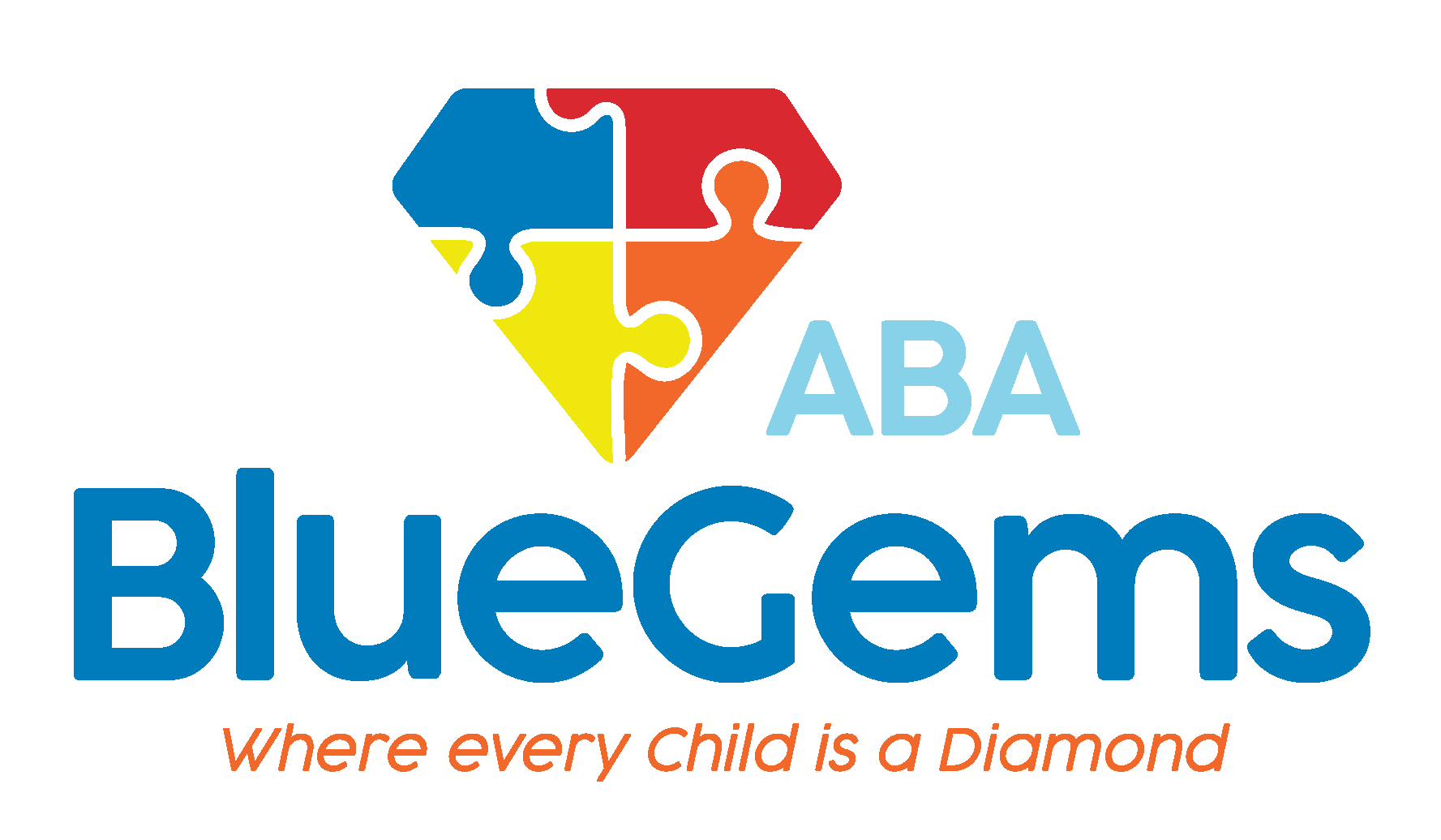Teaching Self-Monitoring Skills with ABA
As children learn and grow older, they are gradually exposed to more things and given more freedoms. They are taught how to perform daily living tasks such as preparing food and personal care such as getting dressed and hygiene, all with the goal of showing them how to be responsible and independent.
Personal responsibility and independence are two big goals for any child to achieve, and there are many steps that can be taken to help them get there.
Children who have autism spectrum disorder (ASD), though, typically face challenges in doing so that their neurotypical peers may not. Still, they can be taught these skills over time with the right support and approach.
Applied behavior analysis, or ABA therapy, is considered the gold standard treatment option for children on the autism spectrum. It can teach children with autism new skills and how to modify their behaviors, with the ultimate goal of learning personal responsibility and how to live independently.
One way in which this is done is by teaching children with ASD how to self-monitor. In this article, we’ll discuss how this is done.
Table Of Contents
What Are Self-Monitoring Skills and Why Are They Important?
Self-monitoring skills involve having the ability to take a record of one’s own behavior and track instances of it.
A common example of self-monitoring happens when people try to lose weight or follow a healthy diet. To ensure they are doing so — and to be able to track things such as their eating habits, they record everything that they eat in a day.

This serves as a reference point they can go back and check so they can identify any areas where they could potentially make substitutions or changes to improve their health. Tracking food in this way also serves as an incentive to eat healthy, motivating people to not eat junk food, for example, so they don’t have to write it down.
Healthy eating is essentially a behavior, so it serves as a real-world example of how self-monitoring could result in improvements in behaviors for children with autism.
Self-monitoring skills are important because they help to increase engagement in the target activity, help them gain self-awareness and self-control and, ultimately, lead to them being more independent.
| Phase | Therapist Role | Patient Role | Tools/Strategies | Goal |
|---|---|---|---|---|
| Assessment | Determine readiness | Respond to evaluation tasks | Observation, functional assessments | Check if self-monitoring is appropriate |
| Selection | Identify behaviors to monitor | Provide input if possible | Behavior lists, input sessions | Choose clear, trackable behaviors |
| Method Design | Demonstrate tracking methods | Choose preferred method | Charts, tokens, journals | Create buy-in and clarity |
| Modeling | Record behavior for patient | Observe therapist model | Visual modeling | Teach how to track behavior |
| Prompting | Remind to record behavior | Begin recording with help | Verbal/visual prompts | Encourage independent tracking |
| Fading | Reduce prompts gradually | Track independently | Minimal external cues | Build true self-monitoring ability |
| Reinforcement | Offer praise/tokens | Respond positively to success | Rewards tailored to patient | Motivate consistent tracking |
How Does ABA Therapy Teach Self-Monitoring Skills?
ABA therapy will approach teaching self-monitoring skills in the same way it does other target skills or behaviors — by methodically selecting the behaviors to teach, then teaching them with proven strategies and finally reinforcing the behaviors through rewards.
Self-monitoring is considered an advanced skill in ABA therapy, so it’s not something that is appropriate for all patients. Therapy teams first must assess whether it is realistic to expect the patient to be able to complete the tasks needed for effective self-monitoring.
Patients need to be taught different recording methods, though they certainly can be simplified so it’s easy for them to understand and complete. An effective way to do this is to involve the patient in selecting the recording methods so they feel like they have ownership in the effort.
Once this is done, the therapist can start to teach the patient how to record their behaviors.
This will often start with the therapist leading the way. They might record the behaviors for the patient as they exhibit them, showing them how they do it — essentially serving as visual modeling for them.
In time, this will progress to the therapist prompting the patient that they need to record their behavior. Over time, the therapist will fade the prompts away so that the patient can learn how to truly self-monitor their behavior.
At every step of the way, the therapist will integrate positive reinforcement techniques into the process. This extra praise, token and/or time with an object they love will serve as further motivation to continue building self-monitoring skills.
Blue Gems ABA Helps Children with ASD Live Independently
One of the main goals of ABA therapy is to help children with ASD learn the necessary skills and behavior modifications necessary to live as independently as possible. A key to being able to do this is acquiring self-monitoring skills.
At Blue Gems ABA, we follow the core principles and techniques of ABA therapy to help our patients learn the skills and behaviors necessary to live independently. We do this by crafting treatment plans that specifically address each child’s unique strengths, challenges and preferences.
To learn more, please contact us today.




